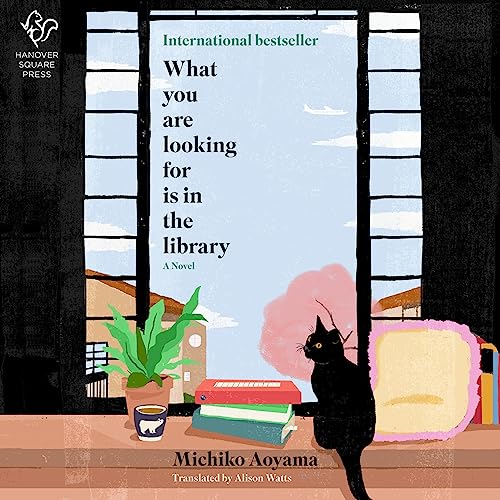 What You Are Looking For Is in the Library by Michiko Aoyama
What You Are Looking For Is in the Library by Michiko Aoyama Narrator: Alison Watts
Format: audiobook, eARC
Source: purchased from Audible, supplied by publisher via Edelweiss
Formats available: hardcover, paperback, large print, ebook, audiobook
Genres: books and reading, magical realism
Pages: 304
Length: 7 hours and 19 minutes
Published by Hanover Square Press, Harlequin Audio on September 5, 2023
Purchasing Info: Author's Website, Publisher's Website, Amazon, Barnes & Noble, Kobo, Bookshop.org, Better World Books
Goodreads
For fans of The Midnight Library and Before the Coffee Gets Cold, this charming Japanese novel shows how the perfect book recommendation can change a reader's life.
What are you looking for?
This is the famous question routinely asked by Tokyo’s most enigmatic librarian, Sayuri Komachi. Like most librarians, Komachi has read every book lining her shelves—but she also has the unique ability to read the souls of her library guests. For anyone who walks through her door, Komachi can sense exactly what they’re looking for in life and provide just the book recommendation they never knew they needed to help them find it.
Each visitor comes to her library from a different juncture in their careers and dreams, from the restless sales attendant who feels stuck at her job to the struggling working mother who longs to be a magazine editor. The conversation that they have with Sayuri Komachi—and the surprise book she lends each of them—will have life-altering consequences.
With heartwarming charm and wisdom, What You Are Looking For Is in the Library is a paean to the magic of libraries, friendship and community, perfect for anyone who has ever found themselves at an impasse in their life and in need of a little inspiration.
My Review:
A 21-year old sales assistant, a 35-year old accounts manager, a 40-year old former magazine editor, a 65-year old recent retiree and a 30-year old who hasn’t found his way. Three men and two women. Different ages, different stages of life, different choices IN life. What do they have in common?
Each of these characters is at a crossroads in their lives, and each of them has taken the fork in the road that leads to the library. But not just any library, but the library in the Hatori Community Center, where Sayuri Komachi reigns over the reference desk as she relentlessly stabs her needle into her latest felting project.
Ms. Komachi has a gift, and not just for handicraft.
The characters in this collection of individual stories find their way to Mr. Komachi’s desk in the middle of their first-person narratives. So the reader – or in my case listener – already has an idea of what’s going on in their life at this particular moment and what decision – or lack thereof – has brought them into the busy, bustling Community Center to face its stabbing librarian.
(One of the narrators, that 30-year old who sees himself as a failed artist, both sees and hears Ms. Komachi with her furious needle as a fearsome character from a famous manga that both he and the librarian are familiar with.)
The librarian’s gift is to be the best this librarian has ever heard of at conducting what we call a “reference interview”. Ms. Komachi doesn’t just listen to what each person manages to say that they want, but also to intuit what each one actually wants and what information they need to make that happen – even if they had no idea themselves what was lurking in their heart of hearts.
She gives each person a ‘bonus gift’ from her box of complete handicrafts and sends them on their way, often with puzzled expressions on their faces as they try to figure out how what they blurted out resulted in something never expected but needed all the same.
Escape Rating A: Obviously I picked this up for the title, and I doubt that anyone is surprised by that. However, while I expected to like this book, I was surprised by just how charmed I was by each of the individual stories – whether or not I was feeling that particular character’s particular angst – or not – as they began their narrative.
Each story is individual – at least as it begins – with the initial link between the characters only in their encounter with the Community Center and Ms. Komachi. It’s only as we proceed from one to another we realize that they ARE interconnected, one directly to another, and that their collective connections form a community and ultimately a society.
Which also the theme of the retiree’s story that closes the book.
Because these stories are initially separate, and are told from each narrator’s first-person perspective, the choice the producers made to have a different voice actor for each section feels like the correct one. Each voice actor embodied their character while also making the voices of the people they encountered along their way distinctive.
That different characters therefore voiced Ms. Komachi rather differently, which also reflected their individual perspectives and worked particularly well. Even though by listening I missed the artist’s rendering of the individual characters that accompanied each story, I’m still happy that I listened to the audio instead.
 As much as I enjoyed the narration, which I very much did, it’s the stories themselves that give the collection its charm, as was true in similar books such as The Kamogawa Food Detectives and Before the Coffee Gets Cold – the latter of which this book is frequently compared to, along with The Midnight Library of which this reader is considerably less certain but now rather curious about.
As much as I enjoyed the narration, which I very much did, it’s the stories themselves that give the collection its charm, as was true in similar books such as The Kamogawa Food Detectives and Before the Coffee Gets Cold – the latter of which this book is frequently compared to, along with The Midnight Library of which this reader is considerably less certain but now rather curious about.
The stories in THIS book are all slices of life, and slices of very familiar lives; a young woman in her first full-time job not sure if it’s what she really wants or what she wants to do with the life in front of her before it passes her by, a more established man who KNOWS he’s not doing what he wants to do with his life but is afraid to give up security to pursue his dream, a working mother whose work dreams have been sacrificed to the care of a loved and wanted child but is having difficulty reconciling her plans with her reality, a 30 year old still living at home who has no confidence in himself and a retired ‘company man’ who can’t figure out who he is or how he fits in a world where he has no job and no set place in that world.
They all read like real people, their crises all feel like part of the real world, and the solutions all seem very possible. But there’s still just a bit of magic in these seemingly mundane tales, and it’s not just the magic of Ms. Komachi and her knack for finding the right book for the right person at the right time.
It’s the magic of getting caught up in, not just one lovely story, but five lovely stories – all with just the right touch of honeyed sweetness in their endings.

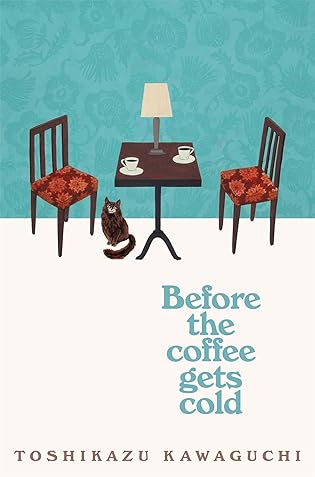 Before the Coffee Gets Cold (Before the Coffee Gets Cold, #1) by
Before the Coffee Gets Cold (Before the Coffee Gets Cold, #1) by 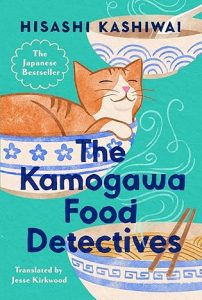 Escape Rating A-: I picked this up – in fact I bought the whole series so far – because I’ve enjoyed several books recently that used this one as a pattern;
Escape Rating A-: I picked this up – in fact I bought the whole series so far – because I’ve enjoyed several books recently that used this one as a pattern; 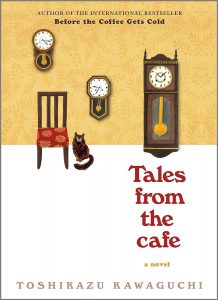 What makes the collection as a whole work is that the remaining stories move the time travel further back and forwards in time, but step by step – or story by story – closer to the cafe’s proprietors and from that sweet possibility of a happy ending to something much closer to the bitterness of the coffee they serve. With just a hint of sugar to help the poignancy to go down.
What makes the collection as a whole work is that the remaining stories move the time travel further back and forwards in time, but step by step – or story by story – closer to the cafe’s proprietors and from that sweet possibility of a happy ending to something much closer to the bitterness of the coffee they serve. With just a hint of sugar to help the poignancy to go down.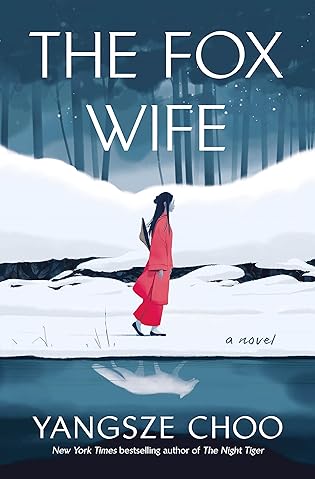 The Fox Wife by
The Fox Wife by 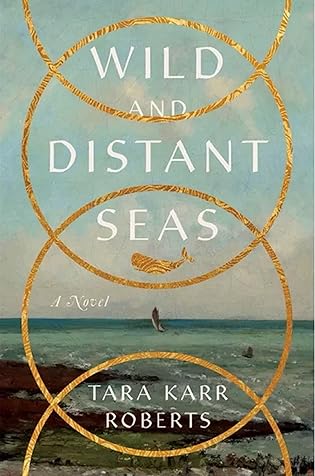 Wild and Distant Seas by
Wild and Distant Seas by 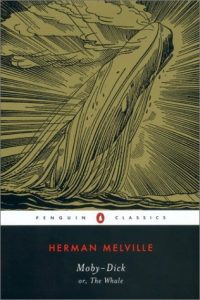 Escape Rating B: Wild and Distant Seas is a story that is constantly in dialog with its predecessor,
Escape Rating B: Wild and Distant Seas is a story that is constantly in dialog with its predecessor, 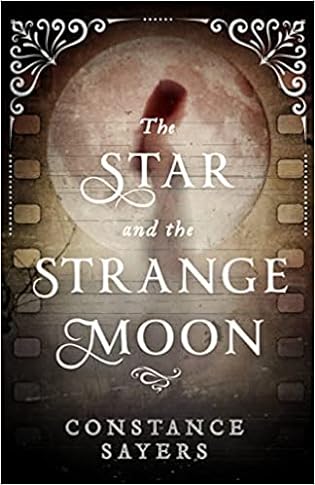 The Star and the Strange Moon by
The Star and the Strange Moon by 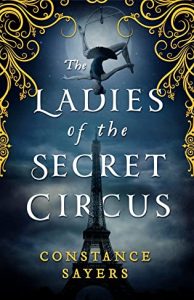 Escape Rating A-: I picked this up because I adored the author’s earlier book,
Escape Rating A-: I picked this up because I adored the author’s earlier book, 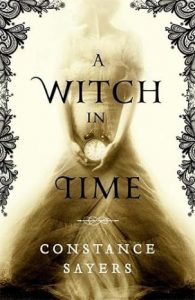 Christopher’s story is a story about hunting down clues, investigating theories, and giving over his own life in the present to solve a mystery in the past. Gemma’s story is about learning to make lemons out of lemonade and accepting that even if she can’t go home again, she can make a home where she is.
Christopher’s story is a story about hunting down clues, investigating theories, and giving over his own life in the present to solve a mystery in the past. Gemma’s story is about learning to make lemons out of lemonade and accepting that even if she can’t go home again, she can make a home where she is.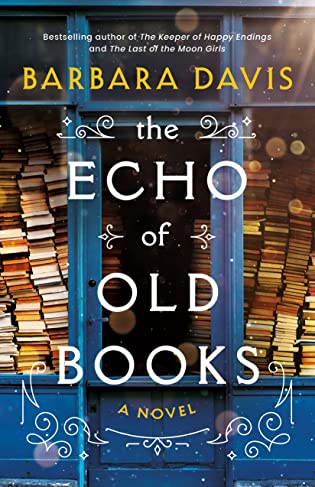 The Echo of Old Books by
The Echo of Old Books by 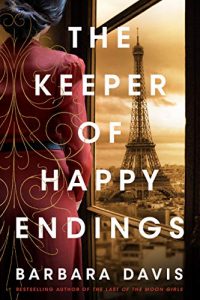 And their own searing, scarring pasts. The more we learn about both couples, the more we hope for HEAs all around – no matter how impossible that might seem. We become invested in both stories every bit as much as Ashlyn does Belle’s.
And their own searing, scarring pasts. The more we learn about both couples, the more we hope for HEAs all around – no matter how impossible that might seem. We become invested in both stories every bit as much as Ashlyn does Belle’s.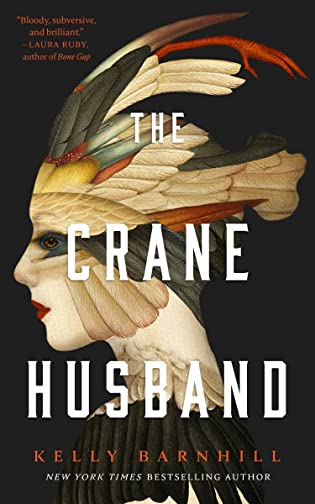 The Crane Husband by
The Crane Husband by 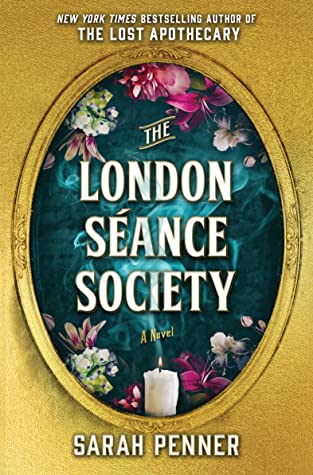 The London Séance Society by
The London Séance Society by  Escape Rating A: I picked up The London Séance Society because I enjoyed the author’s debut novel,
Escape Rating A: I picked up The London Séance Society because I enjoyed the author’s debut novel, 
 The Cat Who Saved Books by
The Cat Who Saved Books by 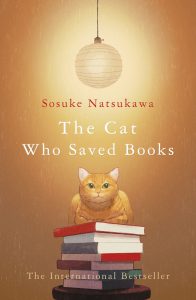 Escape Rating A-: I picked this one up for the cat and the books, in that order. Which reminds me that the cat pictured on the US cover does not do Tiger the Tabby justice. The UK cover (pictured at left) does a much better job of giving Tiger his due.
Escape Rating A-: I picked this one up for the cat and the books, in that order. Which reminds me that the cat pictured on the US cover does not do Tiger the Tabby justice. The UK cover (pictured at left) does a much better job of giving Tiger his due. The Ballad of Perilous Graves by
The Ballad of Perilous Graves by 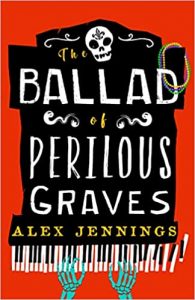 Escape Rating A-: I am a sucker for stories about New Orleans so I was all set to love The Ballad of Perilous Graves. Which in the end I did, although it took awhile to get me there. This is one of those books where the audiobook, as read by Gralen Bryant Banks, carried me over to the point where the story got its hooks into me and didn’t let go.
Escape Rating A-: I am a sucker for stories about New Orleans so I was all set to love The Ballad of Perilous Graves. Which in the end I did, although it took awhile to get me there. This is one of those books where the audiobook, as read by Gralen Bryant Banks, carried me over to the point where the story got its hooks into me and didn’t let go.